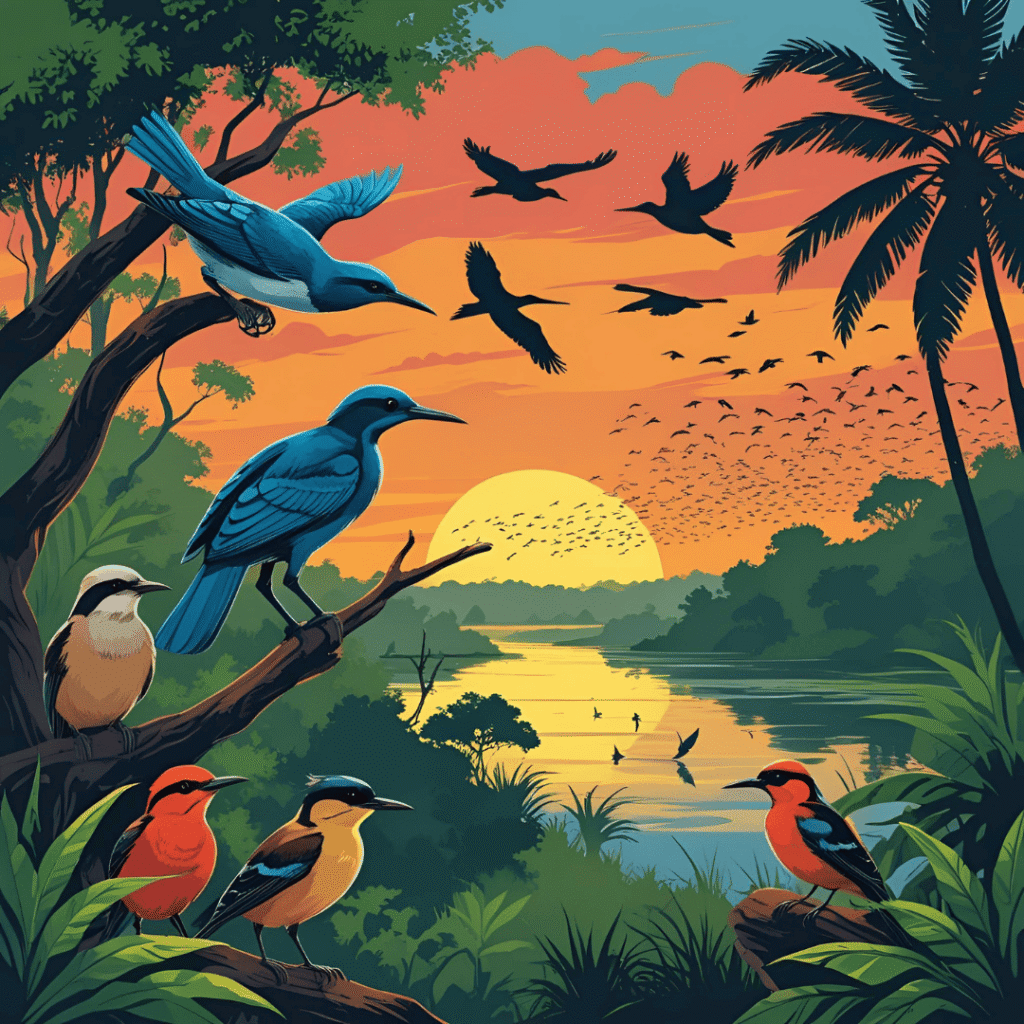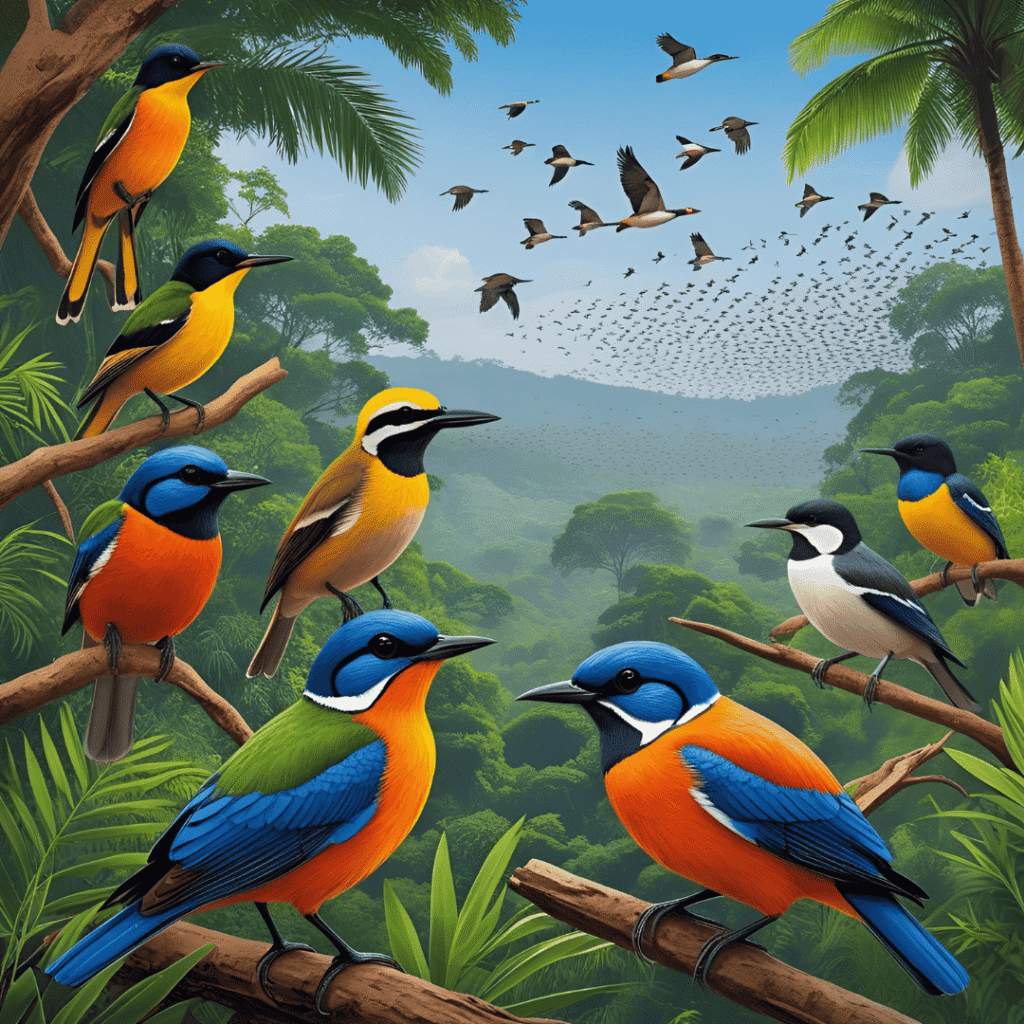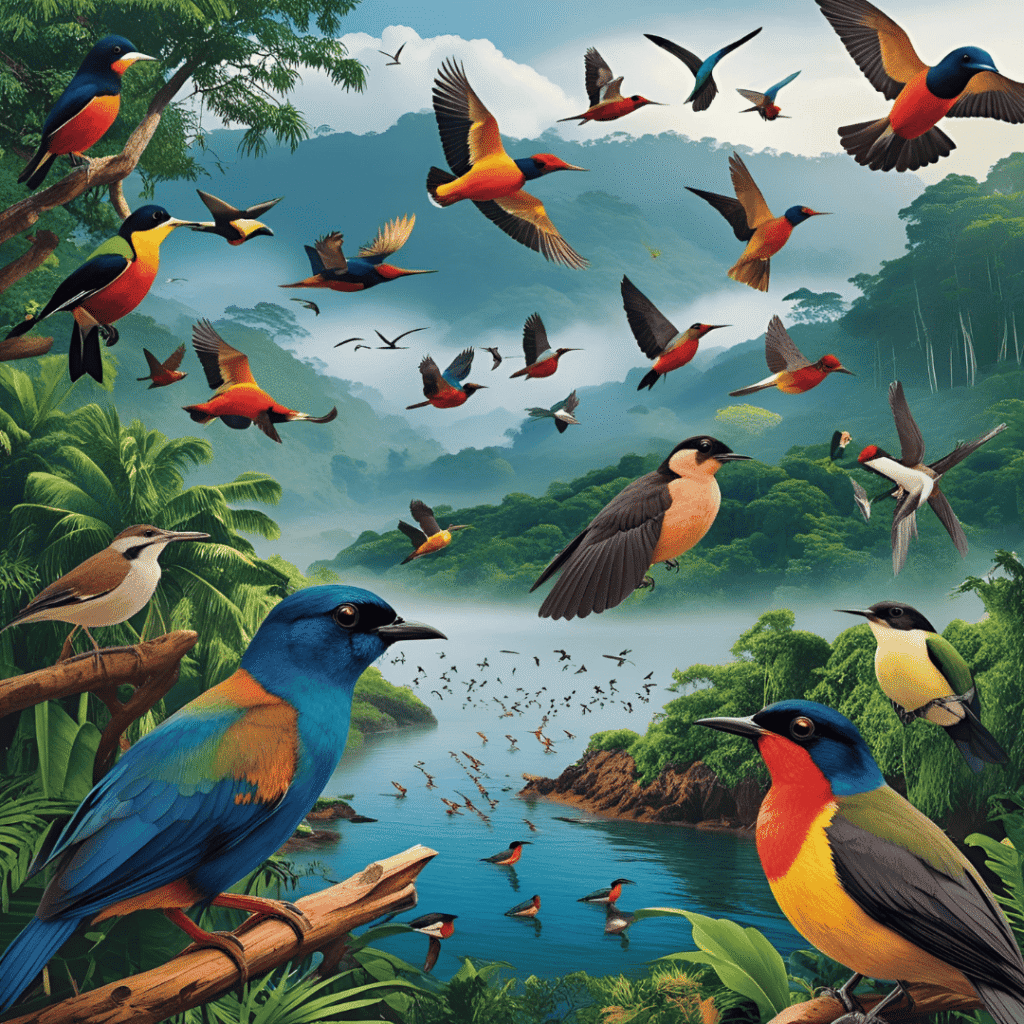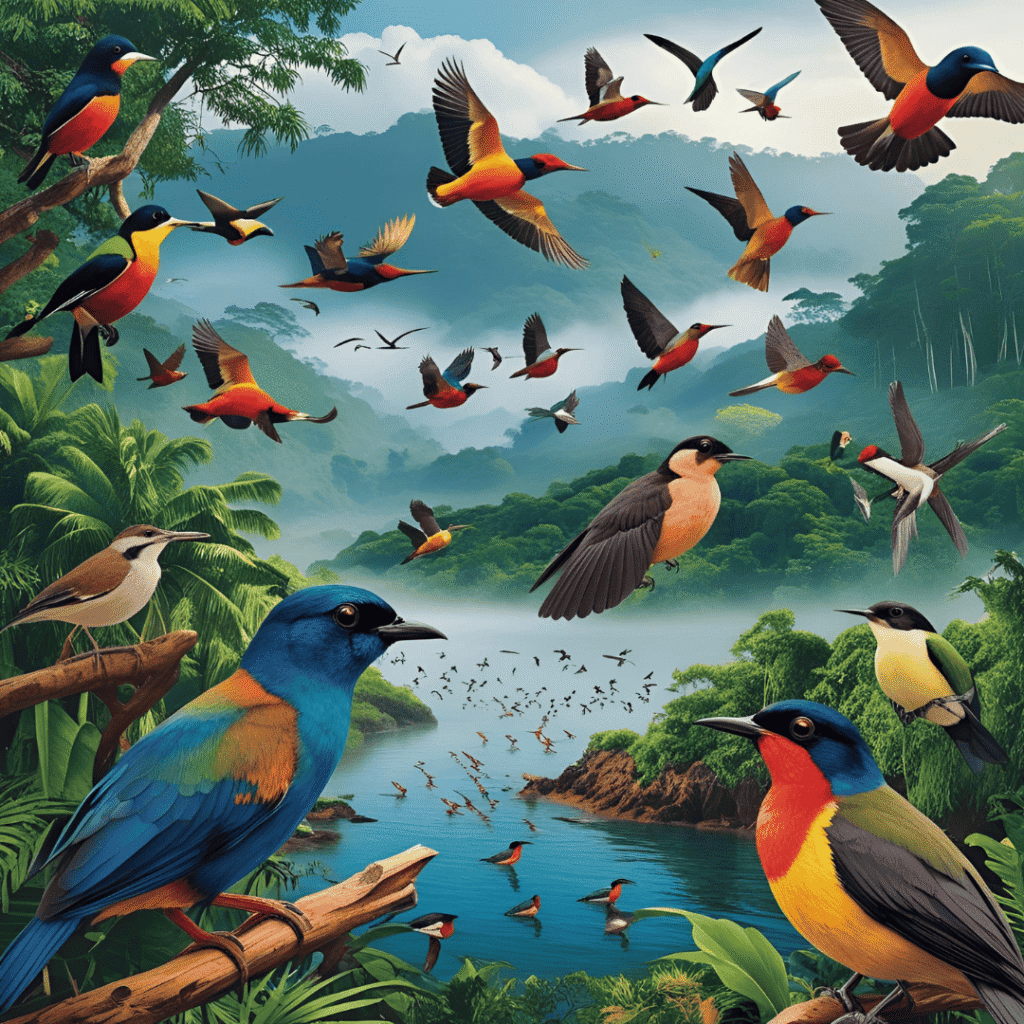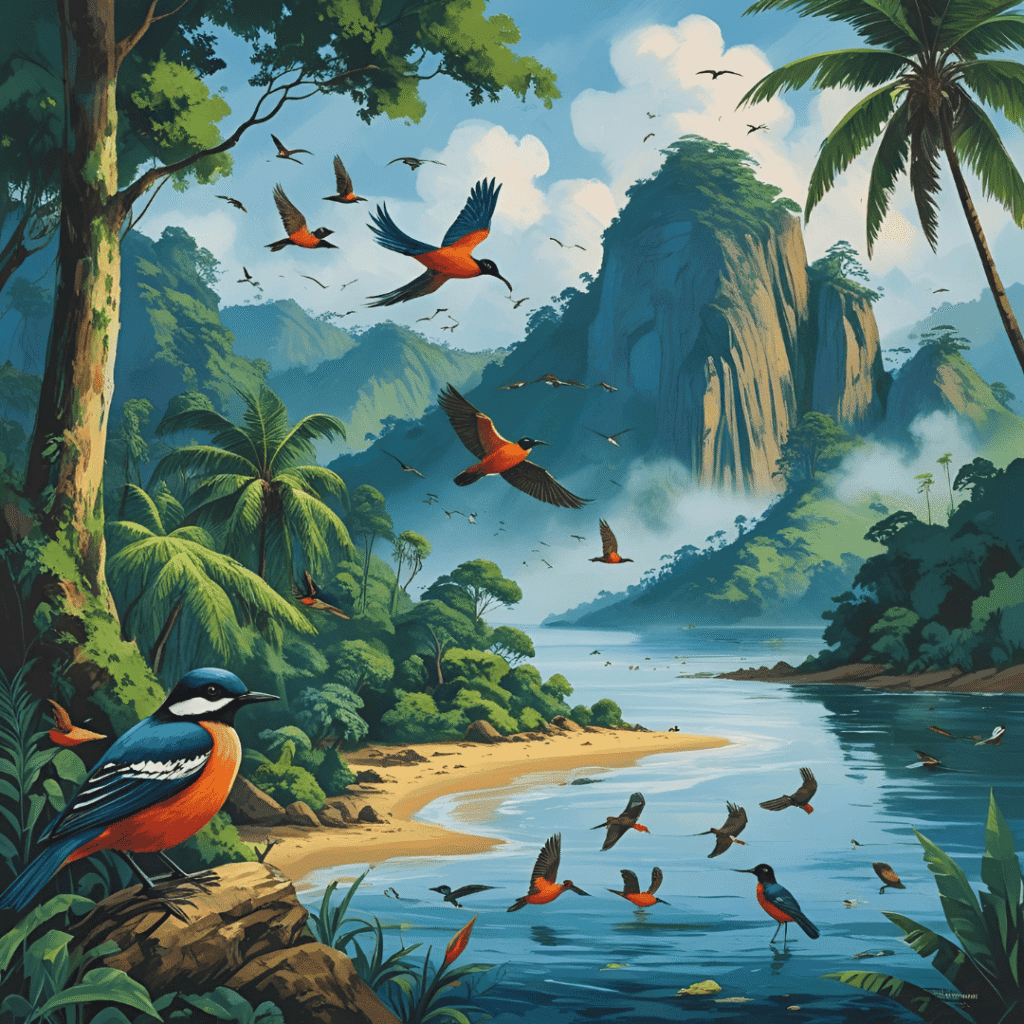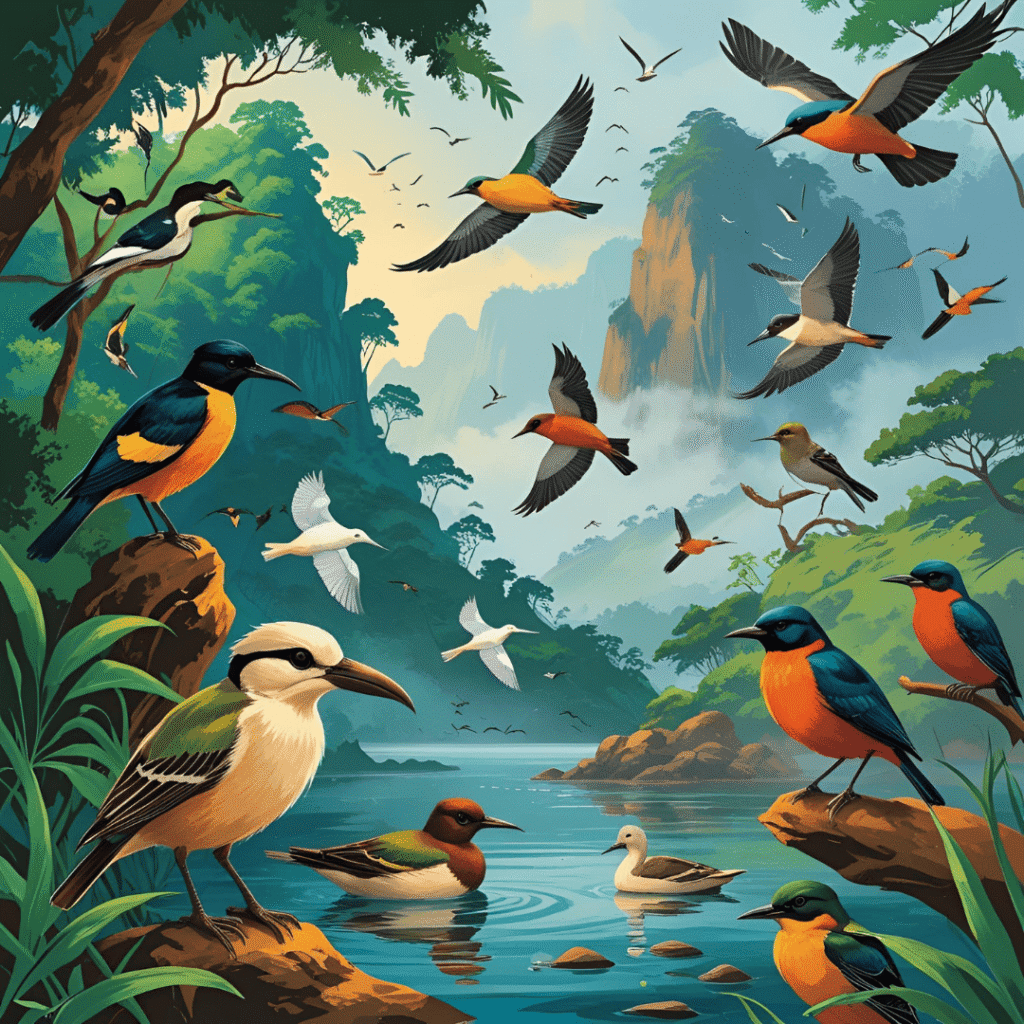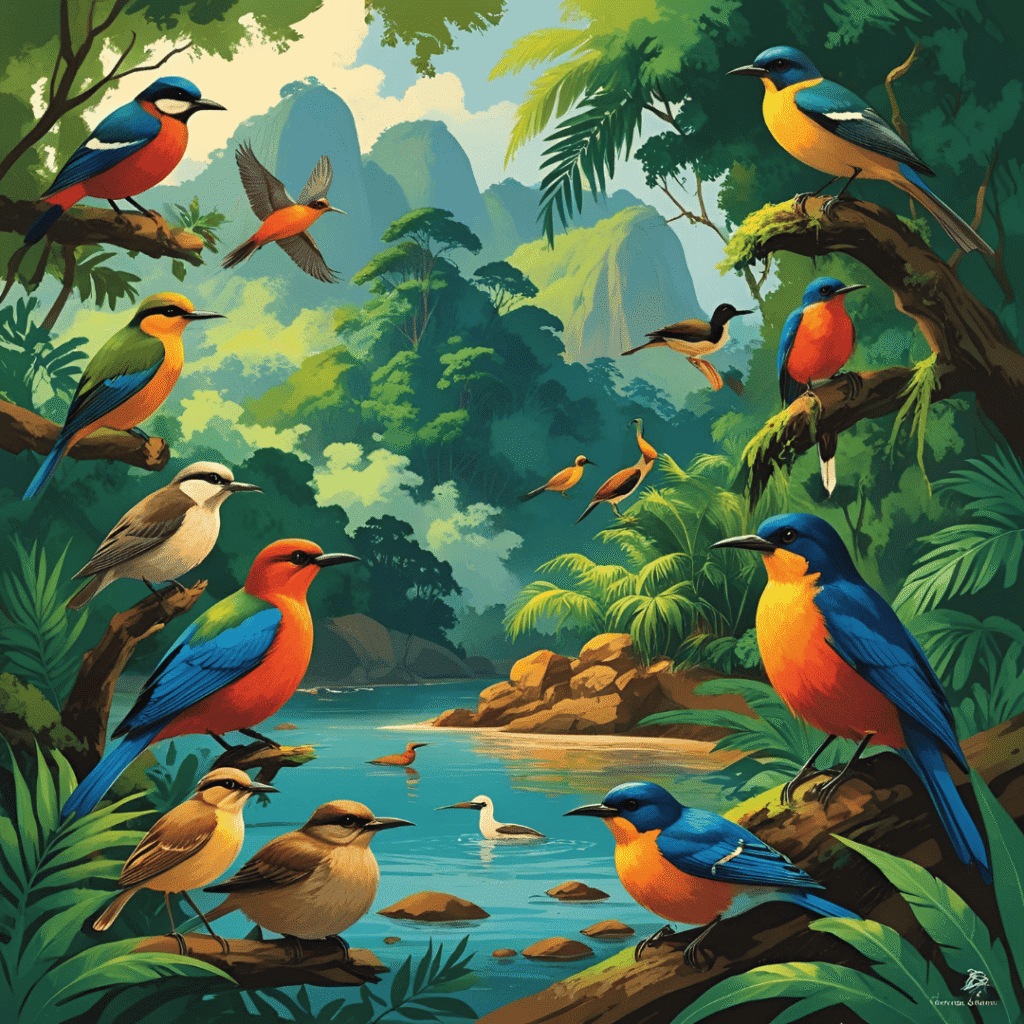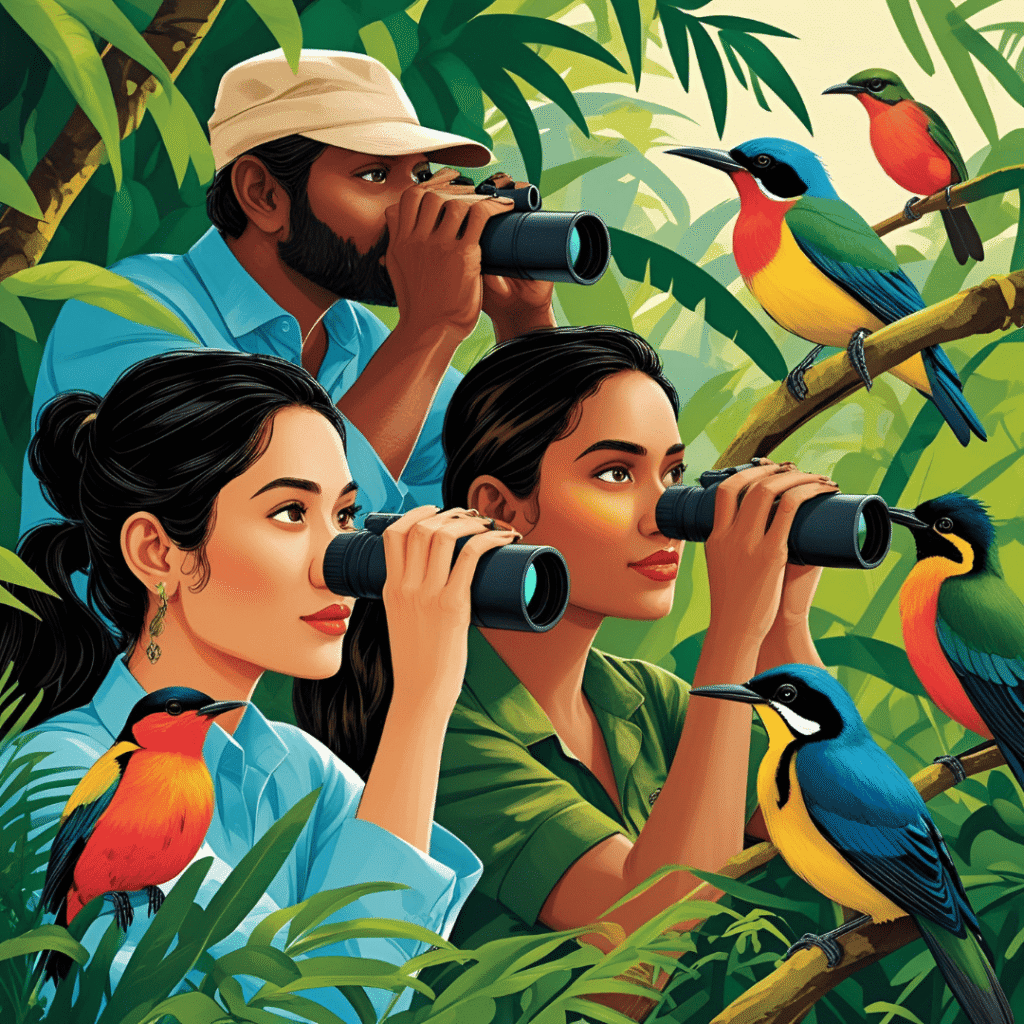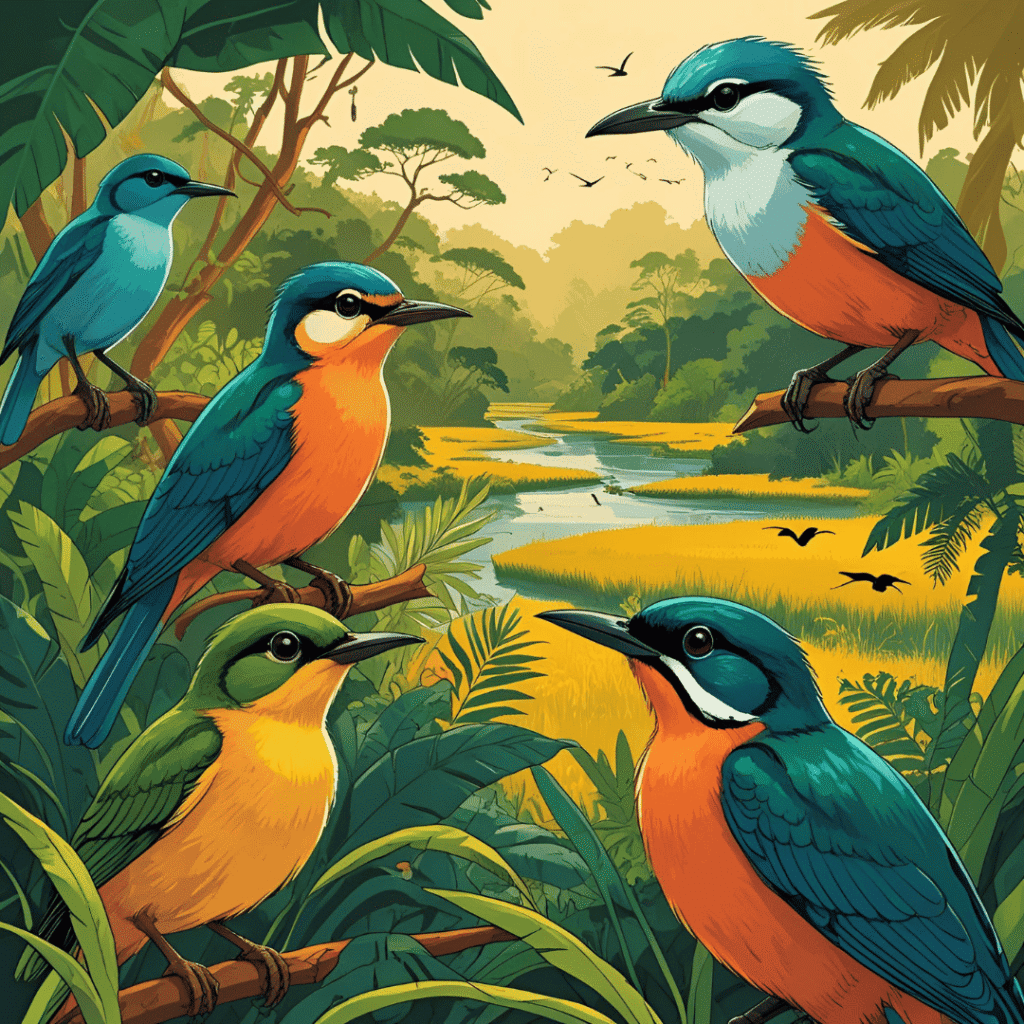9 Inspiring Bird Watching Tours in Sri Lanka
Sri Lanka is a compact biodiversity hotspot; therefore, bird watching tours here deliver outsized rewards for every kilometer you travel. From mist-cloaked highlands to coastal wetlands, the island hosts more than 430 species—including 33 dazzling endemics—making it the dream destination for serious twitchers and casual nature-lovers alike. Table of Contents 1. Why Choose Bird Watching Tours in Sri Lanka? Moreover, few places on Earth squeeze such a kaleidoscope of habitats into 65,610 km². High-elevation cloud forests nurture the elusive Sri Lanka whistling thrush, while the lowland rainforests echo with the crested drongo’s metallic calls. Coastal wetlands, in addition, host flamboyant greater flamingos by the thousand. A single 14-day itinerary can—without hyperbole—score every endemic bird and a portfolio of mammals from Asian elephants to leopards. rockjumperbirding.comwildvoyager.com Tourism data underline the opportunity. Wildlife parks attracted 39 % of foreign visitors in 2023, and overall arrivals topped two million in 2024—numbers that translate into vibrant local guiding networks, reliable infrastructure, and diverse tour options. sltda.gov.lkgowithguide.com 2. Best Seasons for Bird Watching Tours Therefore, plan to overlap monsoon boundaries strategically. For instance, a March loop lets you tally hill-country endemics one week and wetland migrants the next without back-tracking. 3. Top 9 Bird Watching Tour Routes Below are nine meticulously crafted itineraries—each field-tested by local guides—to maximize species count while savoring cultural gems. At least four can be strung together into an epic fortnight. 3.1 Sinharaja Rainforest Circuit — 3 Days Highlights: Red-faced malkoha, Sri Lanka blue magpie, mixed feeding flocks.Route: Deniyaya → Sinhagala Trail → Kudawa Entrance.Logistics: Stay inside the buffer zone eco-lodges; dawn walks yield 20+ endemics. wildvoyager.com 3.2 Horton Plains & Central Highlands Loop — 2 Days Fog-kissed grasslands shelter the dull-blue flycatcher, while cloud-forest edges harbor the Sri Lanka bush warbler. The loop pairs well with a scenic train ride from Nanu-Oya to Kandy. wildvoyager.com 3.3 Bundala & Kumana Wetland Trail — 4 Days Greater flamingos form a shimmering pink horizon at Bundala; Kumana’s lagoons then serve curlew sandpipers, painted storks, and brahminy kites. wildvoyager.com 3.4 Kitulgala Rain-Forest Day Trip The film-set backdrop of The Bridge on the River Kwai hides Layard’s parakeet, green-billed coucal, and chestnut-backed owlet amid cinnamon plantations. 3.5 Wilpattu & Anawilundawa Coastal Scrub Run — 3 Days Spot white-rumped shamas on wilpattu’s villus (natural lakes), then traverse saline tanks at Anawilundawa Ramsar site for black-headed ibis and Indian spot-billed duck. 3.6 Knuckles Mountain Expedition — 2 Days Rarely visited by mainstream safaris, these serrated ridges echo with the melodious Sri Lanka scimitar babbler; therefore, photographers cherish its mist-laced dawns. 3.7 Minneriya–Kaudulla Migrant Pathway — 1 Day When tank waters recede (August–October), Asian open-bills and painted storks form swirling kettles above the grassland; elephants often join the spectacle. 3.8 Jaffna & Mannar Flamingo Flyway — 3 Days Shallow lagoons turn rose-tinted under thousands of waders. Moreover, the journey north unfolds Tamil culture, palmyrah-lined causeways, and deserted colonial forts. 3.9 Kalametiya Lagoon Sunset Cruise — ½ Day Endemics mingle with hoopoes, prinias, and brahminy kites above mirror-flat waters glowing amber at dusk—a poetic finale for any bird watching tour. Pro Tip: Combine routes 3.1, 3.2, and 3.3 for a “Big Five of Sri Lanka Birding” itinerary that nets every endemic plus iconic mammals. 4. Essential Gear for Bird Watching Tours Item Rationale 8×42 waterproof binoculars Bright view in rainforest gloom Lightweight spotting scope Essential at ≥ 200 m wetland distances Quick-dry clothing Monsoon showers, therefore faster turnaround Field guide (Warakagoda & Rasmussen) Up-to-date plates of all 33 endemics eBird or Merlin app offline packs For instant call playback and logging Transitioning from lowland humidity to crisp highlands, in addition, demands layered clothing. A rain cover for optics is indispensable. 5. Choosing a Responsible Bird Watching Tour Operator For bespoke trips, explore FeatherTrail’s tailor-made birding itineraries—our planners integrate hidden wetlands only locals know. 6. Conservation & Ethics on Bird Watching Tours 7. Planning Your Itinerary & Budget Cost Component Budget (USD) Mid-Range (USD) Luxury (USD) Daily Guide & Driver 50 90 200 Accommodation 25 75 275 Park Permits (avg.) 15 25 25 Meals 12 25 60 Total / day 102 215 560 In addition, factor tipping (≈ 10 %) and optional train cabin upgrades (20 USD). Exchange currency at licensed banks—rates are superior to airport kiosks. Therefore, a 10-day mid-range bird watching tour typically costs 2,150 USD plus flights. 8. Local Culture and Birding Etiquette Moreover, Sri Lanka’s bird-rich temples and village tanks double as sacred spaces. Remove shoes, cover shoulders, and ask before photographing people. Transition words smooth interactions: for instance, greet with “Ayubowan!” and watch doors open. 9. FAQs About Bird Watching Tours in Sri Lanka Q1. What is the best month for bird watching tours?December to March offers a nexus of migrants and clear weather; however, May brings breeding displays in misty highlands. Q2. How many endemics can I realistically see on a 7-day tour?With smart routing, 25–28 endemics are feasible—especially if Sinharaja and Horton Plains are both included. wildvoyager.com Q3. Are bird watching tours family-friendly?Yes. Short wetland cruises and butterfly gardens near Kitulgala engage children, while guides adjust pace. Q4. Do I need malaria pills?Sri Lanka was certified malaria-free in 2016; standard mosquito precautions suffice. Q5. Which field guide is recommended?“Birds of Sri Lanka (Helm Field Guides) 3rd ed.” balances portability and taxonomic accuracy. 10. Conclusion & Next Steps In conclusion, bird watching tours across Sri Lanka blend adrenaline and serenity: one moment you’re tracing the azure flash of a kingfisher, the next you’re inhaling cinnamon-scented breezes in a village homestay. Therefore, act now—migratory calendars wait for no one. Book your feather-filled journey with FeatherTrail and unlock a lifetime of iridescent memories. Pack binoculars, charge your camera, and let the island’s avian orchestra serenade you at dawn. External Resources for Further Reading
9 Inspiring Bird Watching Tours in Sri Lanka Read More »

